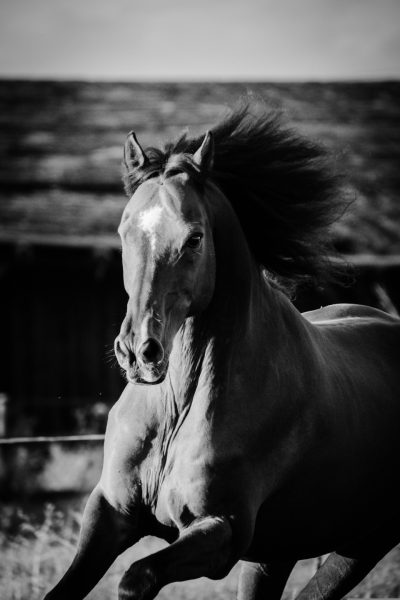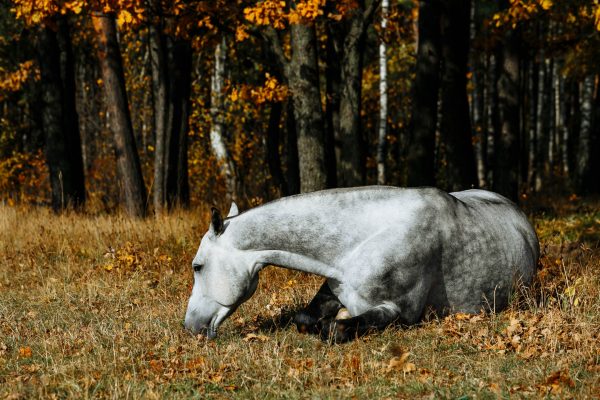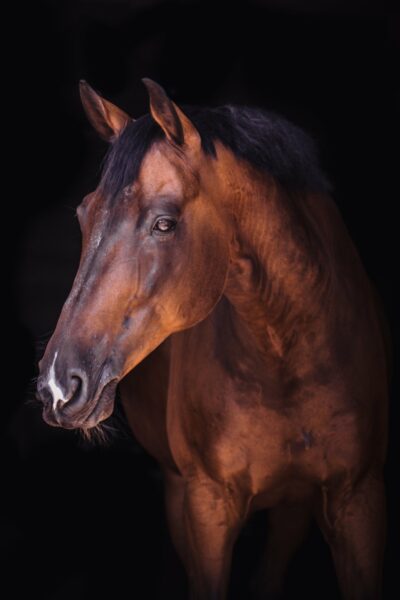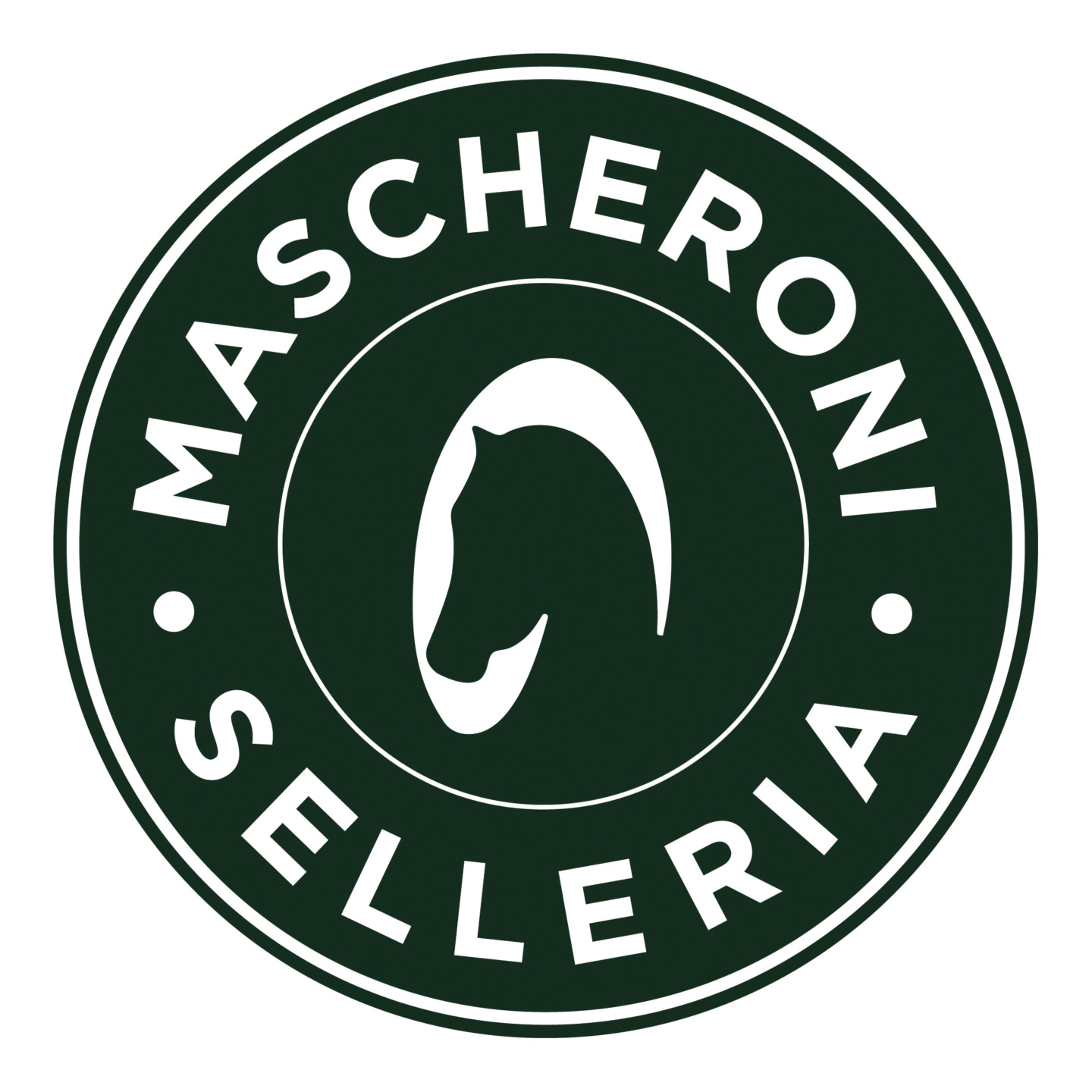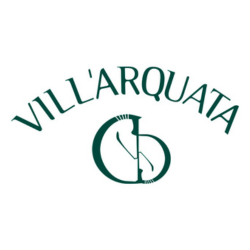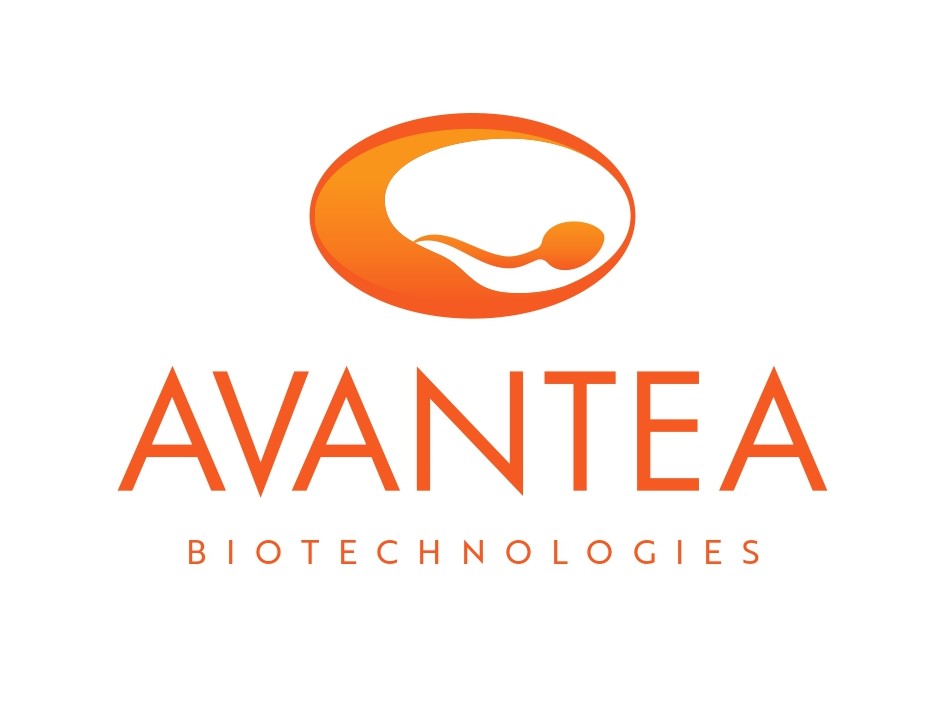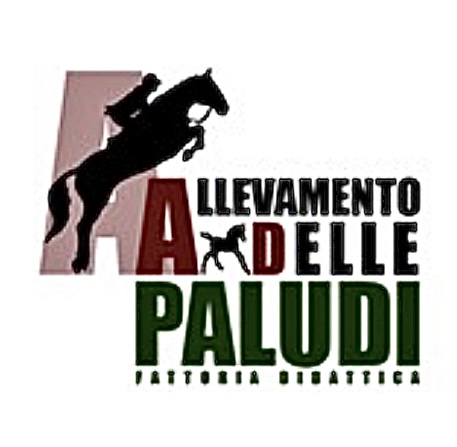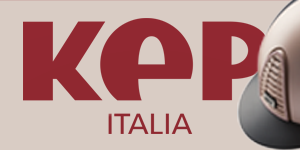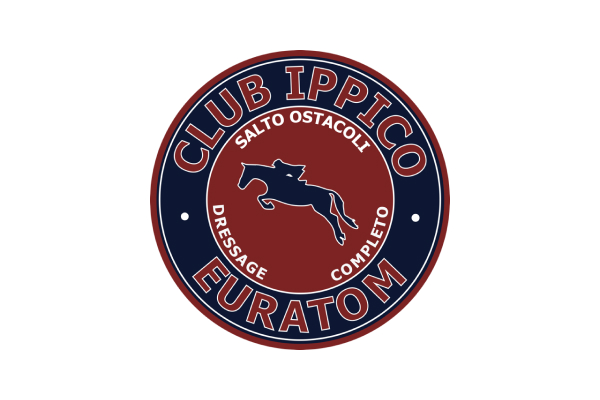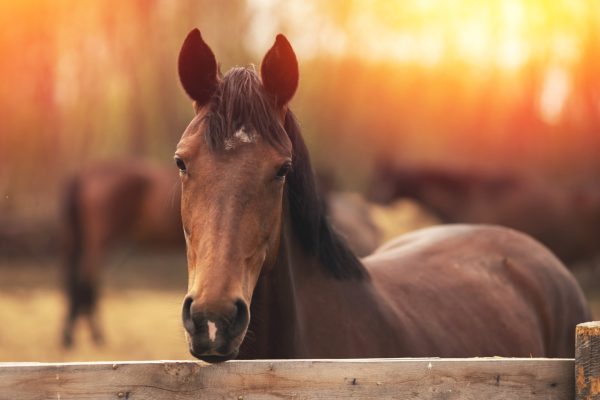
Unveiling Equine Orthopedic Pain: Early Signs and Vigilance
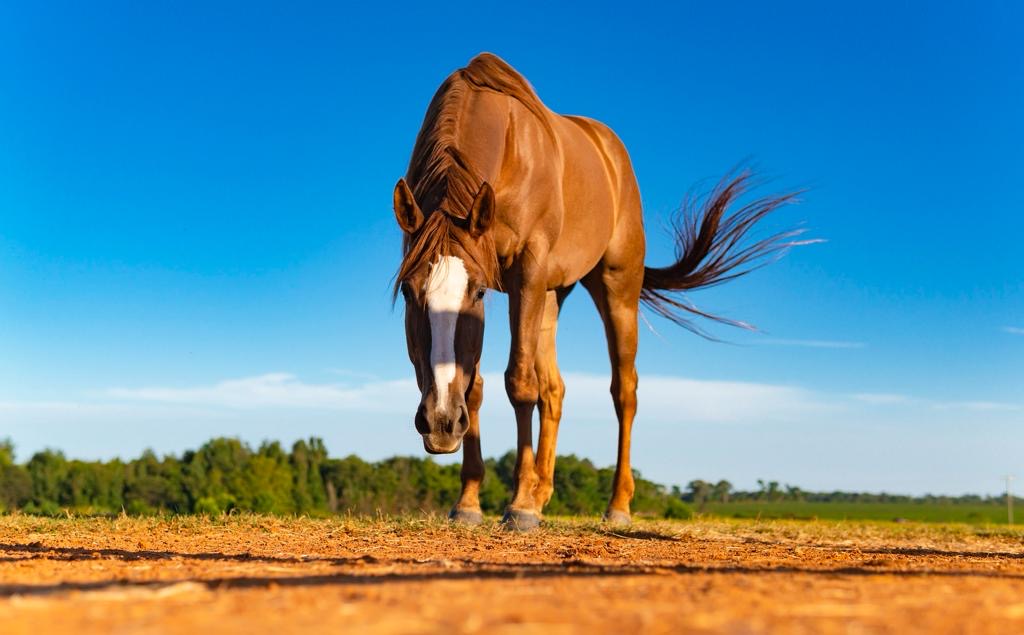
Good morning, equestrian enthusiasts! Today, let’s delve into a crucial aspect of horse care — recognizing early signs of orthopedic pain. Dr. Liguori from the Piola Clinic has provided valuable insights that can help us better understand and address these issues before they escalate.
Subtle Clues in Daily Behavior
Dr. Liguori emphasizes the significance of keen observation, starting with a horse’s behavior in the stable. If a horse consistently favors one foot or shifts its weight unevenly, it could indicate discomfort. Additionally, during routine tasks like foot cleaning, a horse might exhibit reluctance, highlighting potential pain in specific limbs.
Box Behavior and Movement Patterns
Beyond the stable, the horse’s movements in and out of the box provide valuable clues. Prolonged periods of immobility, altered gait, or reluctance to move comfortably on varied terrains are indicators of underlying discomfort. Dr. Liguori notes that subtle signs, such as a preference for short gallops over extended trots, can signal an attempt to minimize strain.
The Role of Head Movement
A particularly telling sign, as Dr. Liguori explains, is the horse’s head movement during trotting. Unlike the gallop, where some head movement is natural, a trot should feature a steady head. If there’s noticeable head movement, it suggests the horse is redistributing weight to alleviate pain.
Progression to Evident Signs
As orthopedic discomfort intensifies, more pronounced signs become apparent. Dr. Liguori points out that a veterinarian may observe a narrower gait width, altered hoof sounds on hard surfaces, and variations in weight distribution between limbs. These unmistakable indicators prompt a comprehensive veterinary examination.
The Veterinary Examination
When evident signs emerge, seeking professional assistance is crucial. A veterinarian will conduct a thorough examination, utilizing techniques such as hoof tests and diagnostic imaging to pinpoint the source of discomfort. Prompt intervention becomes imperative to prevent the progression of minor annoyances into severe conditions.
In conclusion, Dr. Liguori’s expert insights remind us of the delicate balance in equine health. Regular and attentive monitoring of a horse’s behavior and movement is not only a testament to our commitment as caretakers but a proactive measure to ensure their well-being. By recognizing early signs of orthopedic pain, we empower ourselves to collaborate with veterinarians in preserving the vitality and happiness of our equine companions.
© Rights Reserved.




.png)



